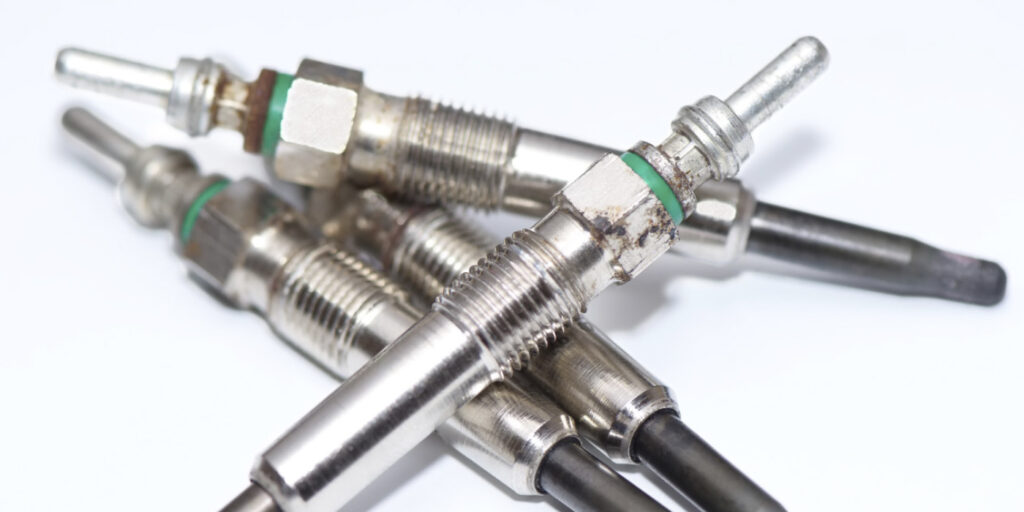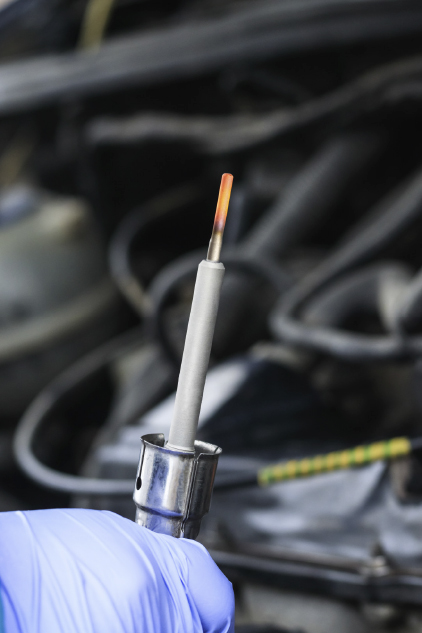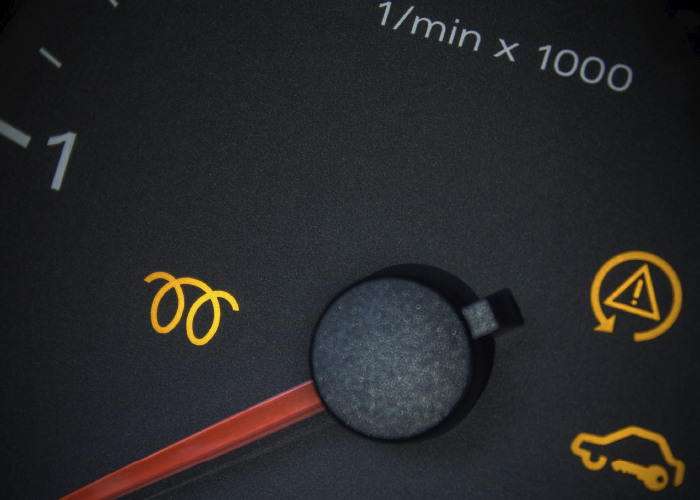In order for a diesel engine to fire in cold weather, the glow plugs have to come on for a period of time in order to heat the air in the combustion chamber. Anyone who owns a diesel engine will tell you that when the cold weather sets in, your glow plugs had better function.
With modern diesel technology, though, we often forget how spoiled we are today compared to the way things used to be. Now you can go out to your vehicle and cycle the ignition switch to the “on” position and in a period of three to five seconds, you can start your engine. The glow plug used now can reach 1,000 degrees F in that short time.
Modern diesel engines are equipped with high-pressure fuel injection systems that inject diesel into the combustion chamber with a precisely metered amount of fuel at a precise time. Injection pressures can reach as high as 30,000 psi on common rail systems. Having higher pressures and metered fuel at the right time means more efficiency, less pollution and lower fuel consumption.
The biggest reason diesel technology changed was the fact that tighter emissions for diesel engines were coming into effect. The government wanted to reduce the amount of diesel hydrocarbons and nitrogen oxide levels being emitted from diesel engines. Now, this is where the importance of the glow plugs comes in.
Not only do the glow plugs cycle to aid the engine during cold weather start up, but also after the engine is cranked – they will continue to cycle to reduce the amount of start-up emissions. This helps reduce the smoke that most diesel engines produce when being cranked on cold mornings.
Even though the engine is running and the glow plug indicator is not illuminated in the dash, the glow plugs will cycle anywhere from 3 to 5 minutes after start up. This helps reduce the amount of start-up emissions by 60 percent and also helps reduce buildup of soot that would typically be trapped in the regeneration filter (DPF).
But now, engine manufacturers are advancing glow plug technology to take diesel engine development even further. The glow plug now contains a pressure transducer called a “Glow Combustion Sensor” or GCS.
Not only can the GCS heat the combustion chamber, but it can also measure pressure inside the combustion chamber. Modern electronic diesel engines have always been considered “open-loop” design. This means that the electronics of the vehicle have set parameters under which the engine will run based on inputs received. They inject a metered amount of fuel based on throttle position, MAP, barometric pressure, coolant temp and oil temperature.
But these engines have no oxygen sensor in the exhaust system and therefore can not control situations where the engine may be too rich or too lean. The engine computer only knows that the metered amount should be close to what is needed. The engine does not have any feedback as to whether it was too much fuel or not enough.
By using the GCS, this creates a form of a “closed-loop” design. Now the engine computer can see what is happening inside the combustion chamber by measuring the pressure of combustion and make changes based on inputs received. This would be the equivalent of eight oxygen sensors in the engine monitoring and controlling fuel. Information like this – a “real-time” measurement of pressure in individual cylinders – allows for corrections to fuel during the warm-up period, under boost, during the EGR cycle and while cruising.

















